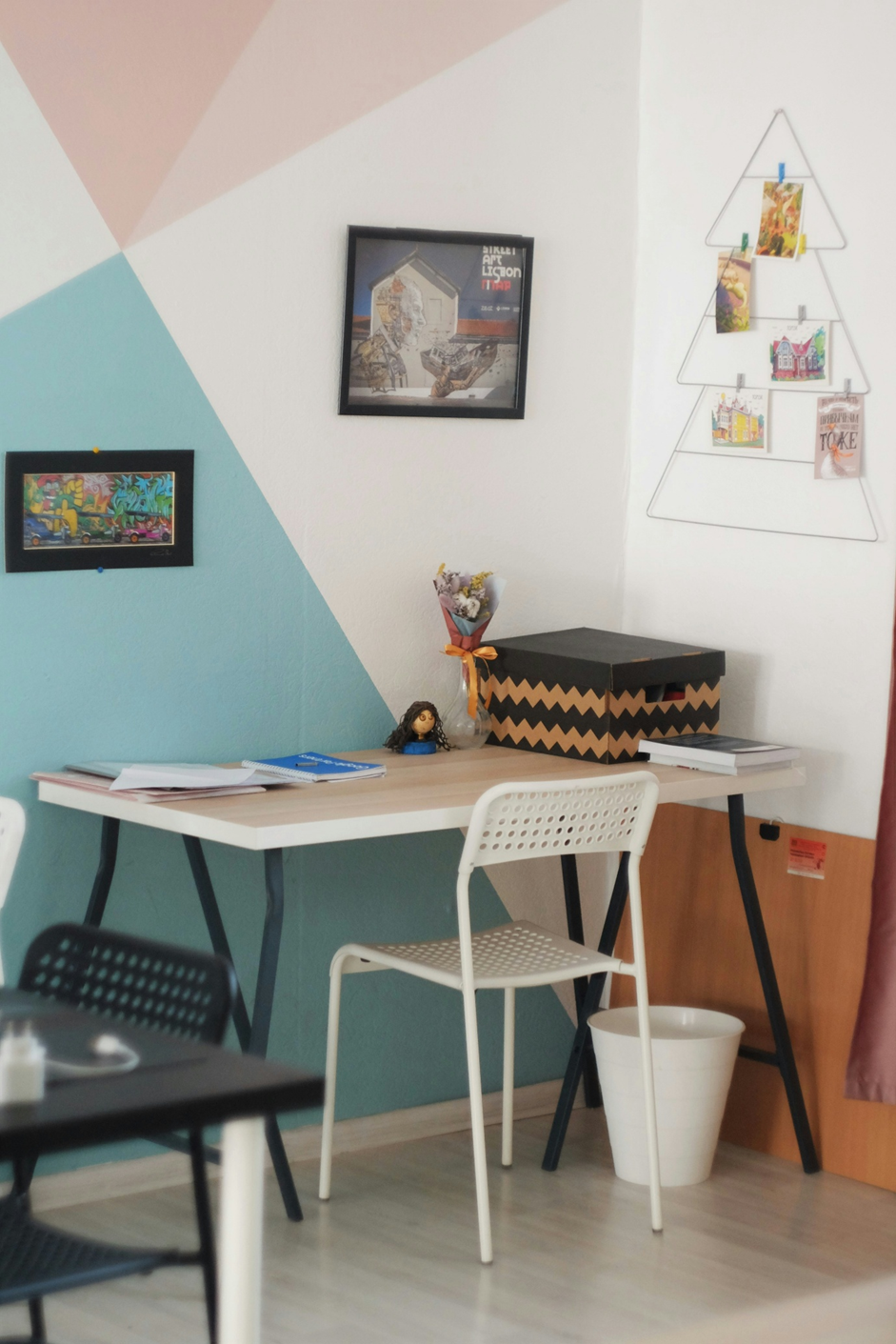Tips for Creating a Productive Study Environment at Home
Creating a productive study environment at home is essential for maintaining focus, improving concentration, and enhancing learning efficiency. Whether you are a student preparing for exams or someone pursuing online courses, having a well-organized and distraction-free space can make a significant difference. Simple changes like choosing a quiet location, maintaining good lighting, and keeping study materials within reach can boost productivity. Additionally, setting a consistent schedule and minimizing digital distractions help maintain discipline. Many students from the top schools in North Bangalore emphasize the importance of a dedicated study area to achieve academic success. By implementing the right strategies, you can create an environment that fosters learning, motivation, and efficiency, ensuring you make the most of your study sessions at home.
How To Create A Productive
Study Environment At Home For Students
Below are some of the tips to create a
productive study environment for students.
Choose a Quiet and Dedicated
Study Space
Select a specific area in your home that is
free from noise and distractions. Avoid studying in high-traffic areas like the
living room. A dedicated study space helps your brain associate the area with
focus and learning, making it easier to concentrate.
Ensure Proper Lighting and
Comfortable Seating
Good lighting reduces eye strain and keeps
you alert. Natural light is ideal, but if that’s not available, use a bright
desk lamp. Additionally, invest in a comfortable chair and desk to maintain
proper posture and prevent back pain during long study sessions.
Organize Your Study Materials
Keep all necessary books, notes, and
stationery within reach. Use shelves, folders, or digital tools to organize
your study materials. A clutter-free desk improves efficiency and prevents
wasting time searching for resources.
Minimize Digital Distractions
Turn off unnecessary notifications on your
phone or use apps that block distractions. If you’re studying online, avoid
switching between tabs unrelated to your work. Setting clear boundaries for
social media use helps maintain focus.
Follow a Study Schedule and
Take Breaks
Set a fixed study routine to train your
mind to focus during specific hours. Use techniques like the Pomodoro
method—study for 25-50 minutes, then take a 5-10 minute break. Regular breaks
prevent burnout and improve retention.
Keep the Study Area Clean and
Personalized
A clean space promotes better
concentration. Remove clutter and unnecessary items to create a positive
atmosphere. Personalizing your study area with motivational quotes, plants, or
a vision board can enhance motivation and make studying more enjoyable.
Conclusion
Creating a productive study
environment at home is key to staying focused, organized, and motivated. By
choosing a quiet space, maintaining proper lighting, minimizing distractions,
and following a structured study routine, students can enhance their learning
efficiency. A well-organized and clutter-free workspace helps improve
concentration, while regular breaks prevent burnout. Personalizing the study
area with inspiring elements can also boost motivation. While home study spaces
are important, having the right school environment plays a crucial role in
overall academic success. The HDFC School
provides the best environment for all students, fostering holistic learning
with well-designed classrooms, modern facilities, and a supportive atmosphere.
By combining a productive home study space with a great school experience,
students can achieve their academic goals effectively.
Original content:- Tips for Creating a Productive Study Environment at Home




Comments
Post a Comment